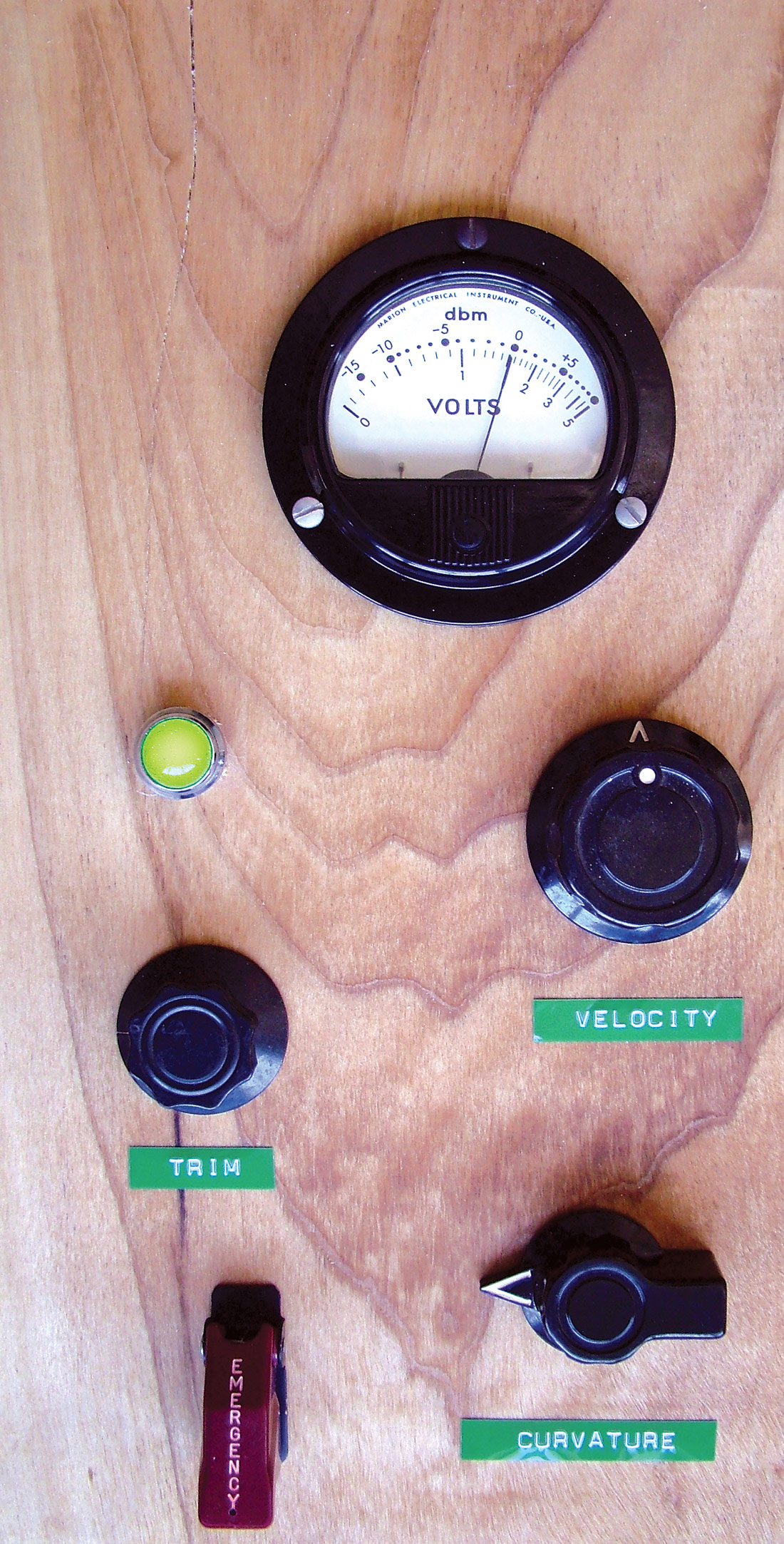Mike Senior has written about a million things for Sound On Sound magazine, but I associate his name with their "Mix Rescue" column. Each month, he does a "makeover" mix of a reader-submitted song, explaining his decisions and techniques in detail. The column is clearly and frankly written, and full of good, real-world content. I find it worth reading even when the artist or sonic goals aren't my thing.
Recently, I felt like my mixing had hit a plateau, so I went looking for new ideas to consider at mix time. I picked up Mike's 2011 book, Mixing Secrets for the Small Studio. This 300+ page book aims to provide a comprehensive start-to- finish mixing how-to. That's ambitious, but for the right reader, the book succeeds with flying colors.
After a few solid chapters on monitor selection and room treatment, the book deconstructs mixing into a linear process (acknowledging that in reality, no mix process is linear), that starts at a coarse level, then works its way to fine details: setting up sessions; getting basic balances; EQ and compression basics and advanced techniques; bus compression; automation and rides. There are also a lot of good big-name interview quotes. As in his SOS columns, Mike writes clearly and cleverly about audio. I like his concept of "fader stability" and using EQ and compression to "stabilize" a fader. That's a neat way to think about it. There's also enough cheeky British wit to keep the book from ever being dry. It's a pleasant read.
In the end, this may not have been exactly the right book for me, but I don't want to discount its value. If you've never spent time working with seasoned engineers, or you haven't been mixing for long, this book is gold. And seasoned engineers may find some nuggets throughout too. For instance, while reading Mixing Secrets, I realized how lazy I'd gotten about regularly "shocking" my ears - dramatically change nearfield volume, switch to Auratones, switch to headphones. Cool. I've also enjoyed experimenting with some ideas from the book, like the aforementioned "fader stability." Or hey, how about starting a mix with something besides drums? What a concept! Obviously that's not rocket science, but again, I'd gotten comfortable in my ways, and de- fossilizing my brain a bit was a good thing. So while I didn't need to learn how a compressor works, I enjoyed this book and took good things away from it.
Mixing Secrets is very DAW-centric. If you're a tape-and- console engineer, there's still good stuff to be found, but you'll probably skip chapters like "Timing and Tuning." (It's okay, I work in-the-box, and I skipped that one too.)
In the good old days, new engineers learned to mix by interning or assisting; that's less and less the case these days. Think of this book as a textbook alternative to a year of assisting. If you've been figuring out everything yourself or piecing together your workflow based on Internet forum posts, this book may bump your work forward by months or years. If you already know everything, pick up a copy to skim, then gift it to a friend who's starting out.
($24 street; www.cambridge-mt.com) -Scott Evans <antisleep.com>




_disp_horizontal_bw.jpg)